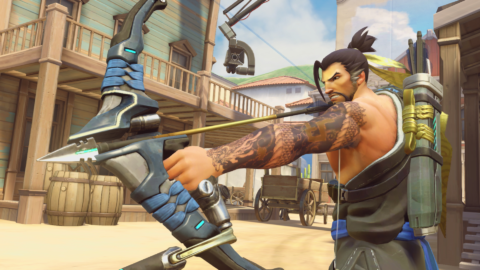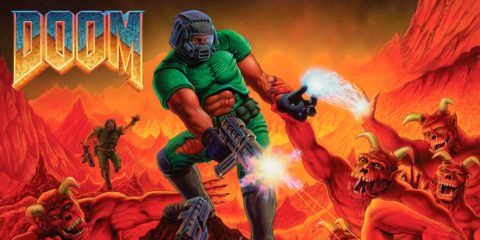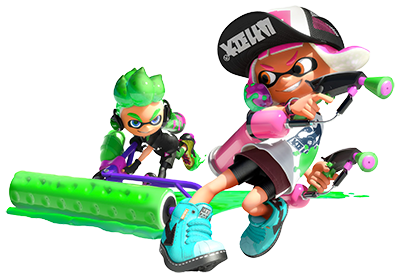A household had their water tainted so the city moved the sewer management facility away from the water supply. But because of some landscape-related difficulty, the pipes wouldn’t connect. Weeks passed and more households continued to drink tainted water. People died. The city was asked to build a cemetery but all of their hands were on deck to restore sewage service right away. More people died. It was a disaster.
All in a day’s work with Cities: Skylines – Nintendo Switch Edition.
Revealed as a same day release during the Sept 13 Nintendo Direct, Paradox Interactive and Colossal Order’s Cities: Skylines is a city-building simulation game. It puts a barren land on the palm of your hand and gives you the power to develop it as you see fit. The goal is to keep developing your city so that your little corner of the road becomes a bustling major metropolis.
First Things First
Before we can build the next New Donk City, we have to learn the basics first. Cities: Skylines melds tutorial concepts within your playtime, locking advanced tools behind milestones so you don’t get overwhelmed. You start with just road-building and zoning tools, and from there everything falls into place. Residential, commercial, and industrial buildings build themselves so you just watch them crop up on their own. More tools to serve these houses and buildings become available as they continue to appear.

Text popups are how you learn your new lessons. When it’s time for something new, you’ll get a new popup explaining what you must do and how to do it. It even gives a periodic reminder in case you decide to postpone something. Tool descriptions are also inside a text box, which gives more details than the normal popups. Everything in this game resides inside a text box.
It’s Hammer Time
The kind of landscape you choose during setup dictates what kinds of facilities you need to build for your city. For example, a wintry map will need heating via water pipes, while an island map will need bridges to stay connected. The amount of land you can use also depends on the map layout, so keep this in mind.
Once you’re ready, your first task is to create a road. In other words, this is when you need to build the basis of your city. Of course you can expand it later as the need arises, but consider how you want your city to be shaped. Do you prefer a gridlike system where everything is neatly divided into squares, or are you more into creating your own shape and letting it grow on its own?
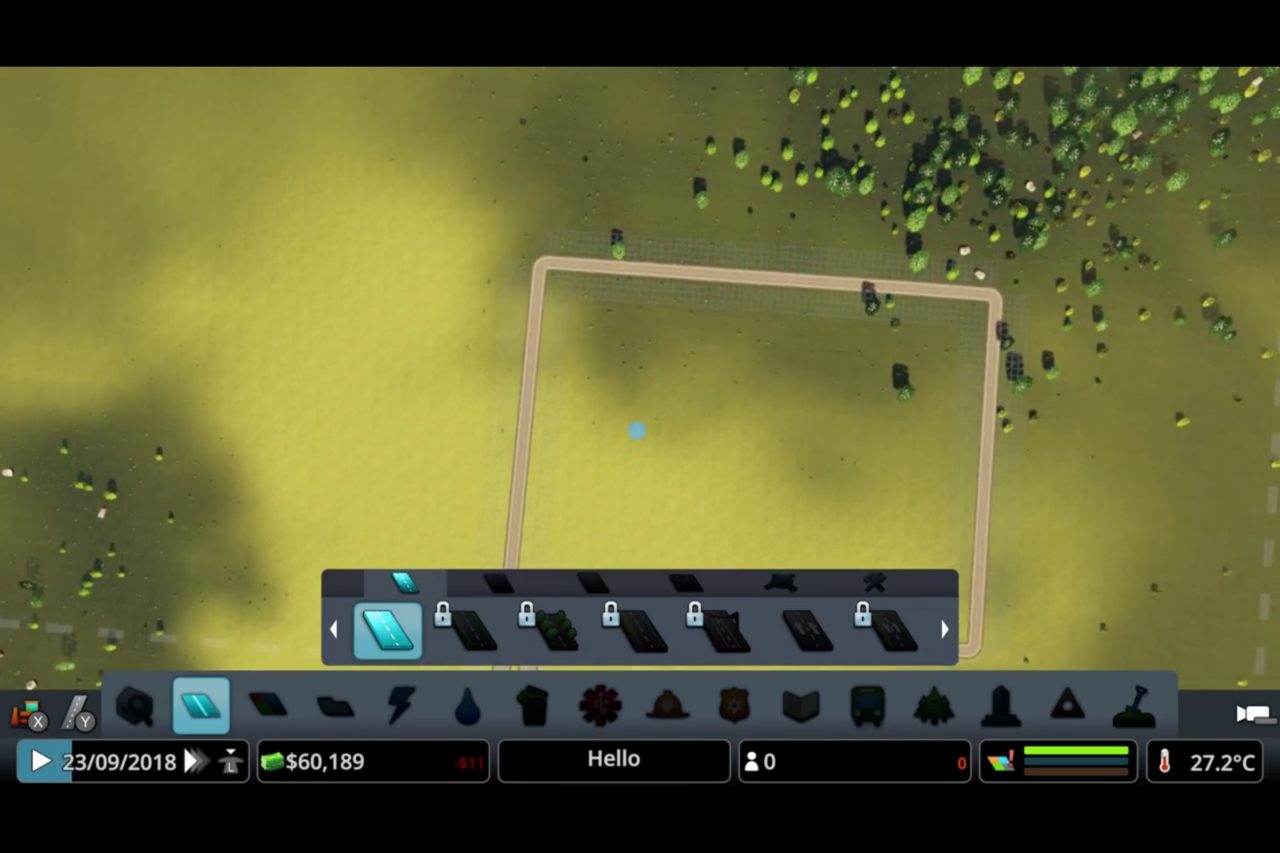
Regardless of your preferred shape, keep in mind that you’re at the mercy of your controller’s stick. Touchscreen functionality is absent in this game so drawing lines precisely can be quite maddening at times. Your directional buttons also don’t work when drawing a line because they’re mapped to do something else. Thankfully you can zoom in and out to check if your lines are connected properly. The downside is that you can’t determine whether your line is actually straight or not when zoomed in. If you want your city to be a picture-perfect grid, then you better pack some extra patience because you’re going to be retrying a lot.
It’s a waiting game
Once you have your roads plotted, your zones implemented, and your utilities built, Cities: Skylines becomes a waiting game. Of course this only applies if you play on the normal time progression. You have to wait and watch as people and business slowly gravitate towards your city. You have to keep an eye on their needs and how they’re feeling, then react accordingly based on that information. Are they unhappy because they’re uneducated? Build a school. Are they currently suffering from a power outage along with the rest of the houses in their block? Revise their power grid. Are they sick? Install some clinics.
Oh and did I mention that you have a meager budget when starting up your town? This means that during your downtime, you can’t just expand your city willy-nilly if you don’t have money. You need tax revenue so you can expand, but expanding costs money. The city, and by extension, you, need to be agile enough to expand and attract more residents and businesses without going bankrupt.
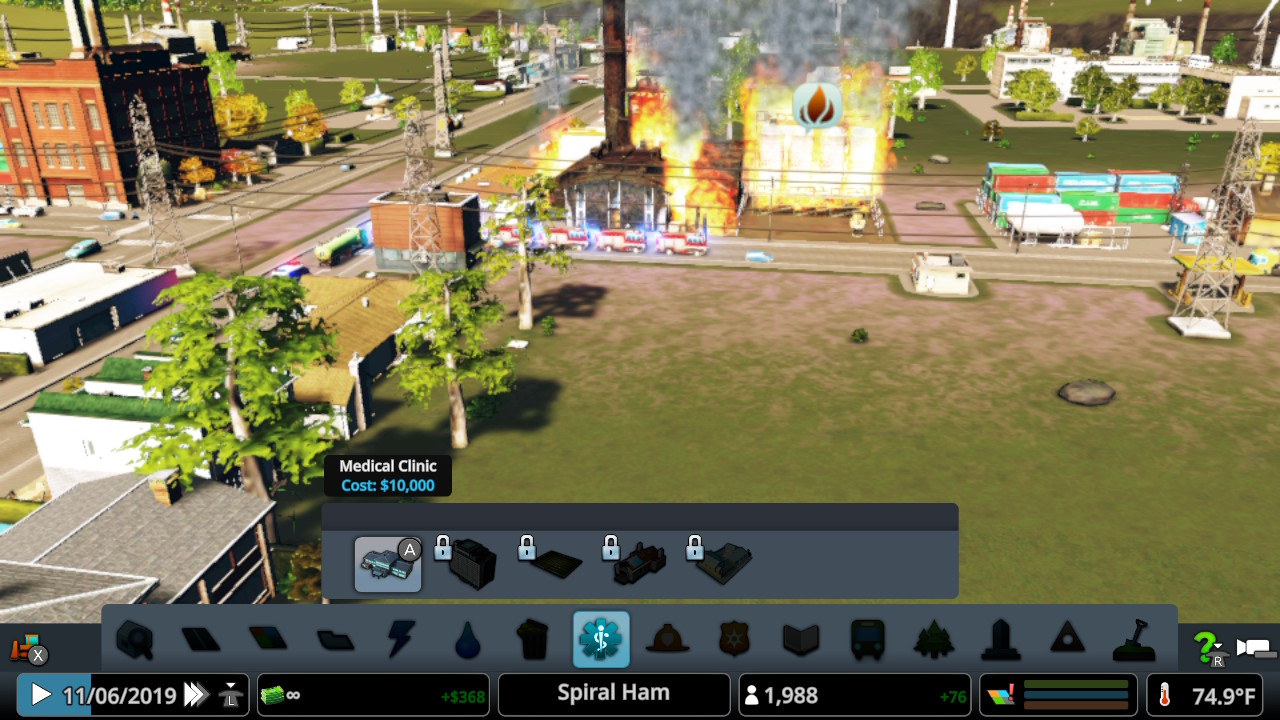
Thankfully, the game has a Twitter spoof called “Chirper” that acts as a conduit for your citizens’ feelings. Aside from useless chirps, your residents are quick to praise you for improving their quality of life and are quick to inform you of their discomfort. Remember that sewage disaster from earlier? Chirper was instrumental in letting me know about how my residents are doing during the entire ordeal. Someone chirped a PSA against drinking the tap water, which gave me an idea of how grave the situation is becoming. And when the deaths started happening, the survivors quickly took to Chirper to inform me of my death count.
If this kind of stress isn’t your thing, don’t worry. There are some options to toggle that pretty much turns the game into a sandbox experience. You don’t have to turn them on all at once and you don’t have to keep them activated forever. It’s a helpful way to learn the ins and outs of the game without having to punish your city for bad choices. Keep in mind, however, that your save file is marked as “assisted” if you continue with this option.
Under the hood
A PC game as big as Cities: Skylines isn’t always going to Switch without a few snags on the way. You may have already seen various reports of frame rate drops during the game, but this only occurs in a very dense and busy area. If you’re just starting out and experimenting with your city, it’s likely that you won’t encounter slowdowns. As long as you give your streets and avenues enough breathing room between each other, you’ll be ok.
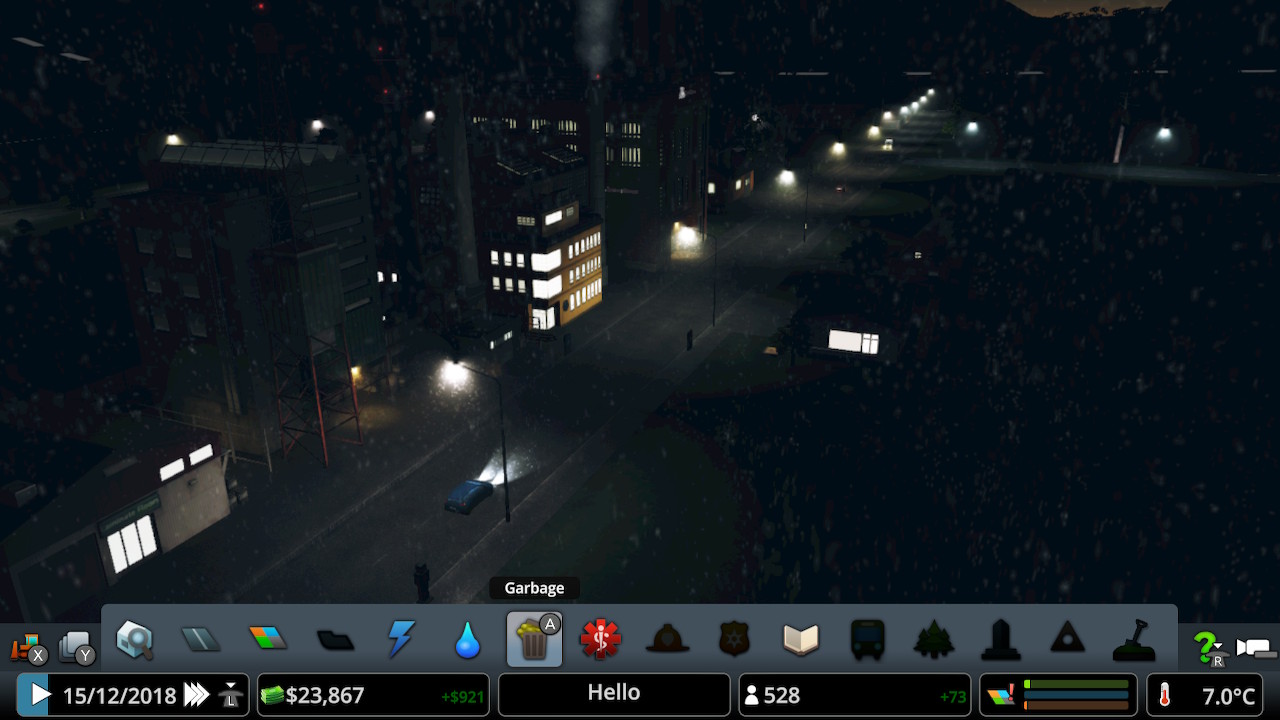
What does hurt a little bit is how the buildings look when you zoom in to look at them. Cities: Skylines has an excellent camera control and zooming system, allowing you to descend your gaze on any building or citizen you wish to spy on… I mean observe. Want to see why a specific burger joint downtown is such a hit with the local employees? Just zoom right in and see what the hubbub is about. Or attempt to see, because the models are so downscaled that they don’t need more jpeg.
And the city of the year goes to…
Don’t get me wrong: Cities: Skylines is still a worthy purchase despite the compromises done to cram this game into the Switch. Chances are you won’t have as much time to ogle your city’s buildings because there’s always something that will need your attention. Even though you’re managing the city “from above,” your finger is still directly on the city’s pulse. Regardless of whether you’re overseeing development from the map or you’re implementing policies and tax increases, you’re constantly managing something.
At the same time, the game doesn’t need you to be there 24/7. Time stops when you save and quit the game so you can always come back to it later. You can also manually pause the game’s time progression if you need to step away for a second. There’s always something for you to do.
For as busy as it seems, Cities: Skylines is a very touch-and-go game. And thanks to the Switch’s oft-mentioned portability, you can always sneak in a quick session here and there to test out a layout or policy theory. If you’re a fan of simulation/management games and never got around to trying Cities: Skylines before, give the Switch version a go. Just keep in mind what you’re holding, and you might just awaken the city planning genius within you.
Review Copy Provided By Triplepoint PR

